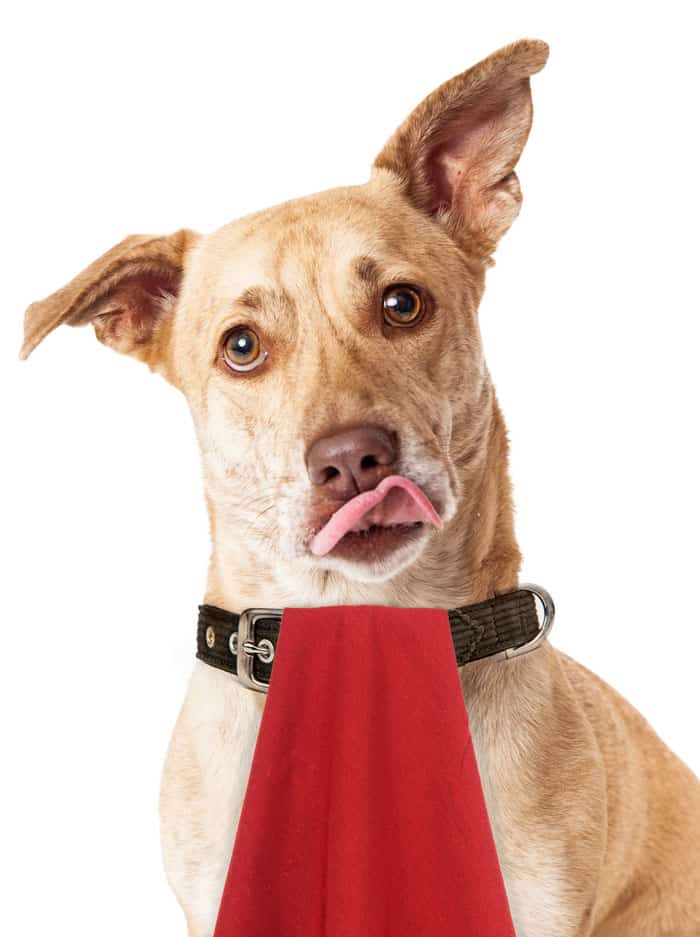
Why go raw?
Our beloved canine and feline friends have evolved dining on a raw food diet since their ancestors. Prior to 60 -70 years ago, our pets still continued to enjoy a raw diet with meals prepared at home; it wasn’t until dry food (kibble) and canned food entered the market that our pets diet saw a drastic shift from fresh homemade meals to convenient store bought food, that our pets still haven’t adjusted to.
If we examine your dog, who just like their ancestor the wolf has a digestive system evolved to have an extremely short intestinal tract to consume and digest raw foods even after thousands of years of domestication.
Dogs are classified as carnivores but in addition to their prey they can also ingest some vegetation.
Cats are known as obligate carnivores, meaning they cannot survive without meat in their diet as they are unable to produce taurine, an amino acid only found in meat, so they are ‘obligated’ to eat meat for their health and survival.
Just like in humans, ours pets diet can greatly affect their health and can be considered the starting point for their health. There is an abundance of research that has been conducted on the health benefits of a raw food diet for pets. Here are just some of the health benefits known:
Going raw for your beloved pet just makes sense, it is not a new or outrageous concept, it is simply feeding them what they have evolved eating for thousands of years.
Introducing raw food to your pet
If your canine or feline has been on a dry or processed diet, just like any change to their diet, we recommend a slow transition to ease their digestive systems into their new and improved diet, as their stomachs biosphere differs between both a dry and raw food diet.
It should also be noted that once they transition, some weight-loss is to be expected as their bodies release retained water. Just like with us there is no one set rule for your pets’ diet, so feeding them a raw meat diet can be a bit of trial and error.
If you notice your pet is gaining weight, simply reduce their intake and vis versa if they are losing weight.
Transitioning your dog should take 1 -2 weeks.
For the first day, raw food should be added as a treat alongside their normal diet.
Then over the next week the amount of raw food should slowly be increased while decreasing their old diet. Its important to note the state of their stools, to ensure they are normal.
After a week, replace one entire meal with raw food, and if their stools continue to be normal, repeat replacing one meal for a few days, before entirely replacing their diet with raw food.
Transitioning your cat to a raw food diet can vary depending on their current diet.
Transition from a dry food only diet:
Start with offering a small sample. If they like the taste, offer small amounts as a treat twice a day. Slowly reduce the amount of dry food fed during the day and switch to two set meals, with both raw and dry food. Slowly increase their raw food while decreasing their dry foods until they have completely transitioned.
Transition from a wet food only diet:
Begin feeding two meals a day. Either place small amounts of raw food next to their wet food or mix it in. Slowly over time increase the ratio of raw food to wet food until their meal is completely raw.
Transition from a mixed diet:
Begin feeding two meals a day for their wet food and reduce their dry food during the day. Slowly add raw food to their wet food or as a treat during mealtime. Offer dry food only during their meals and slowly stop offering it.
Cats that struggle to recognise raw food as food, you can begin by placing raw food next to their normal food, so they develop an association between raw food and meals. This can be a slow process, but they should gradually start sniffing the raw food and eventually try tasting it and developing enough interest to begin their transition to a raw food diet.
Please note that any change in their diet can cause stomach aches, and cats can develop a negative association with raw food regardless of them loving raw food. So, it is important to make sure it is a slow transition.
Please remember when introducing any new raw food to your pets’ diet, it should be done slowly to allow them time to adjust.
Feel free to contact us at RAWR PETZ if you have any quires or concerns.

B.A.R.F Diet
The Biologically Appropriate Raw Food diet was created by Dr Ian Billinghurst in the late 80s, early 90s after his extensive research into the effects of commercialised pet food on pets.
Simply put, it is feeding animals the diet they had evolved to eat over millions of years. The BARF diet is an accepted practice in most modern zoos and zoologists wishing to preserve endangered species.
You do not see zookeeper’s feeding tigers, lions, bears and wolves giant bowls of kibble and wet food.
BARF incorporates evolutionary nutrition into creating biologically appropriate meals by examining their ancestors’ diet, what their closest living relatives eat and the way that their digestive systems have evolve to ensure that they are eating exactly what they have evolved to eat.
These are just a few of the common benefits from a BARF diet: